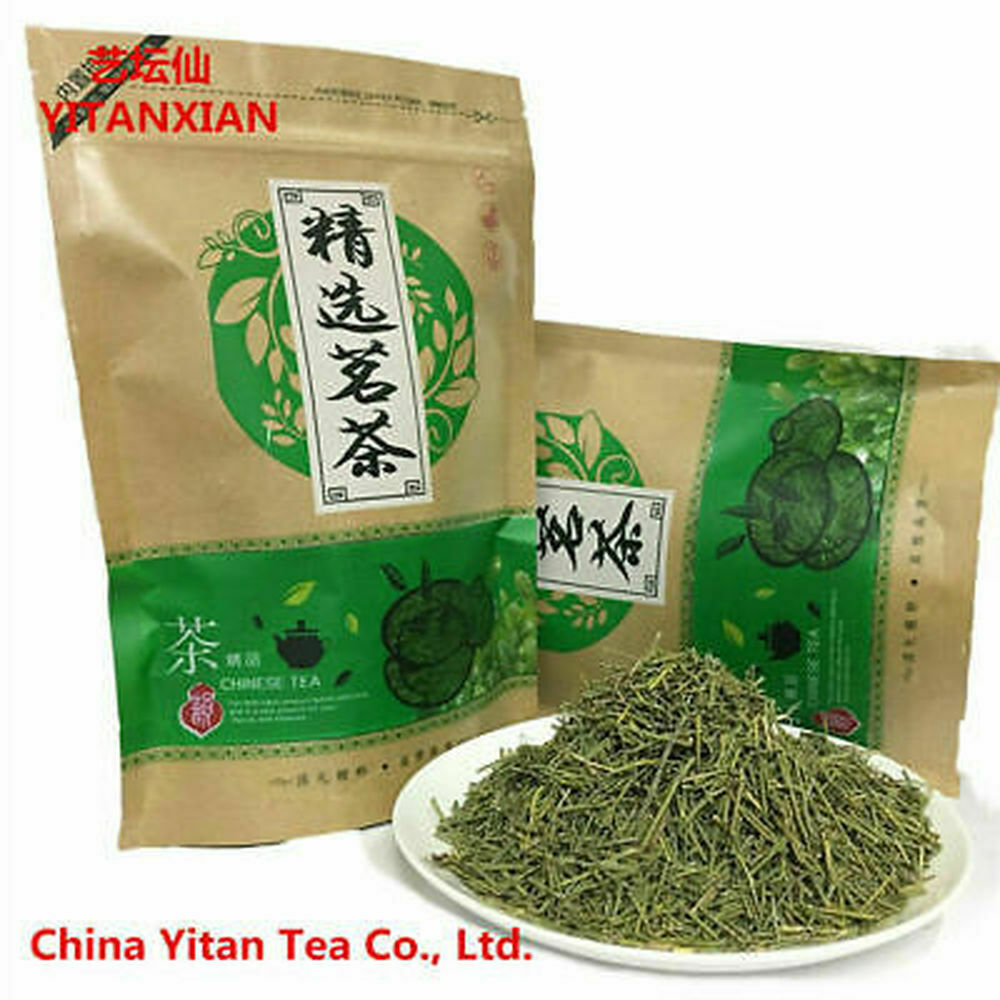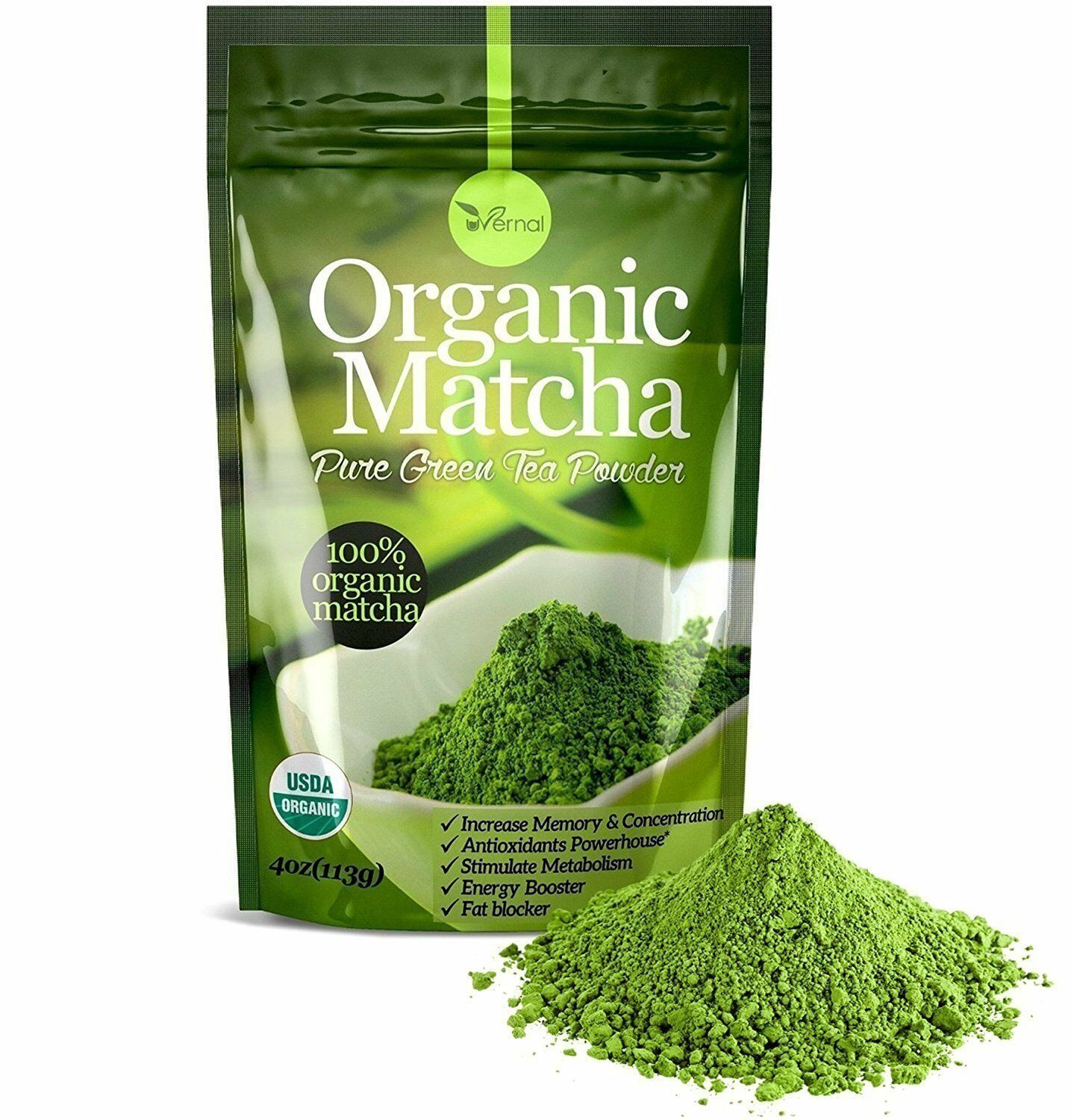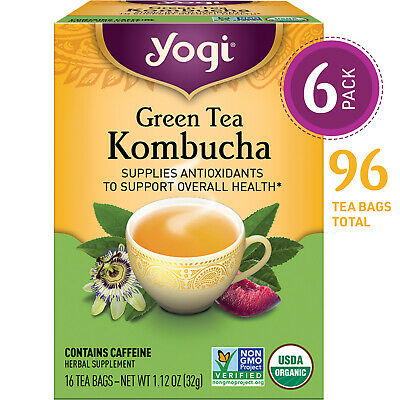-40%
YERBA MATE TARAGUI 1 KILO/2.2 LBS CON PALO/WITH STEMS
$ 8.97
- Description
- Size Guide
Description
Taragüi, with its unique personality, is the leading yerba in Argentina. Since 1924 it has been cultivated, harvested and processed at its origin by true specialists.
Taragüi with stems
Taragüi without stems
Taragüi Low Powder Content
Intense, genuine flavor
Heightened flavor, especially processed without stems.
Taragüi’s unique personality for those who prefer a lower powder content.
Preparation of Yerba mate
Priming mate
It is prepared in a small gourd —called mate— filled with yerba mate. The infusion is made pouring hot water below boiling point into it —cebando— and it is drunk by sipping through a thin metal tube —bombilla— which has a filter at its lower end to prevent the broken yerba mate leaves from coming through. This is how it is traditionally prepared in Argentina; more than a simple drink it is a daily performed ritual. The gourd can also be replaced with a glass tumbler.
The gourd is filled three quarters of the way with yerba mate.
Then the yerba is moistened to one side of the vessel with cold or lukewarm water.
After it has been allowed to rest, the metal tube is inserted in the same moistened place. 4 - Now it is ready to start pouring the hot water, always below boiling point. This is called "cebar el mate" and, for the mate aficionados, it is tantamount to an art.
The importance of water
A very important factor in the preparation of mate is the quality of the water to be used, since it has a strong impact on the flavor of the infusion. Always use fresh tap water. If the tap water contains a high proportion of chlorine, it is convenient to use an activated carbon filter. On the other hand, it is not always advisable to use mineral water, since the concentration of minerals in it can affect the infusion unfavorably. The temperature of the water is also a determining factor. It is advisable to use water between 167 and 185 oF, and never to use boiling water. The high temperature destroys the more delicate flavors and aromas and causes the appearance of unwanted ones.
The importance of storing the Yerba properly
Yerba mate must be stored in an airtight container that protects it from light and humidity, away from strong-smelling foods and cleaning products that might contaminate it. The original packaging of all the types of yerba produced by Establecimiento Las Marías is trilaminated and it is made of compound materials that constitute an excellent barrier for humidity and foreign smells, as long as, once opened, the package is closed by making at least one fold.
The importance of a good miling process
Each of the components of yerba is fundamental to obtain a pleasant, lasting taste. The different proportions of leaves, stems and powder that make up the formula of each variety of yerba are carefully measured to obtain a good mate, and it is important to know the importance of each of these elements. The leaves contribute to its intensity of flavor and character while the stems contribute to the delicate balance of flavors. The powder, although sometimes disparaged, is a fundamental component to fuse the different notes of the flavor of. It is also responsible for the success of a mate, making it rich, smooth, frothy and long lasting.
How to cure a mate gourd
A well-cured mate gourd is fundamental to enjoy the infusion. If you have a new gourd, fill it with yerba, thoroughly soaking it. Allow it to rest for two days, keeping the yerba always wet. After the two days, clean the gourd, scraping its interior and eliminating any soft wood. Repeat the entire procedure at least three times, making sure that the yerba does not ferment in the process, so that it does not give the gourd a disagreeable flavor. If you do not have a good gourd, it is better to use a glass or plastic container such as that of Mate Listo; these materials insure that your infusion will not be contaminated with any other flavors alien to it.
How to start a good mate
Knowing how to start a mate properly is the key to a pleasant, lasting flavor. An excellent yerba can be ruined by a bad start, turning bitter, aggressive and short lived. For a good start, use a medium-sized gourd, well cured, with a 1.5 to 2 oz. capacity, filling it to no more than ¾ of it. Cover the mouth of the gourd with the palm of your hand, turn it upside down and shake it vigorously so that the thicker components will go to the bottom of the gourd and the thin ones on top. Turn it to its normal position, carefully keeping the yerba to one side of the gourd so that it leaves an empty cavity on the other wall of the container. Pour cold or lukewarm water in this cavity; never use hot water. Wait some thirty seconds so that it will be absorbed, repeat the operation and then insert the sipping tube into the moistened part. When the time comes to enjoy a mate infusion, it must be served slowly, with water that should not go higher than 1760 F. Pour the water near the sipping tube at the beginning, and then advance towards the center. Never rush the serving; it is better to wait some time between one mate and another.
Test tasting
Although preference for one type of flavor or another is subjective, when tasting yerba, as when tasting other drinks, there are certain parameters that can be followed to judge the quality of this infusion objectively. o During the visual evaluation of the product, the color perceived should be light, yellowish green, never intense, emerald or dark green. As the mate is poured, it should foam up slightly. o The grinding should be harmonious, even: there should not be too much stem or fiber (broken stem); it should have some powder, but not in excess, and a good amount of broken leaves. o The aroma is also important; it must be the characteristic smell of well seasoned yerba and should present no vestiges of dampness of foreign aromas. When yerba has not been properly seasoned, it presents a stronger, darker color of green, a noticeable bitter taste and a very strong “vegetable” taste that in some cases resembles the taste of algae. With good seasoning, the bitter streaks are attenuated, and a slightly fruity, subtly sweet taste appears. Obviously, their varies among the different varieties of yerba, according to the climate and geographical area in which it grows, the time of year in which it is harvested or the type of processing it is subjected to.











